It’s from late December 2013 but we just stumbled upon this stimulating article on The Tokyo Files about Yoshiwara.
As regular readers will know, Yoshiwara was the licensed pleasure quarter in historical Tokyo (Edo). Today it doesn’t correspond to an official address (funny that!) but you can find it at Senzoku 4-chome in Taito-ku, which is in the east of the city and very far from the expensive brand stores or third-wave coffee shops of Shinjuku, Shibuya and Omotesando.
Its location from 1675 was moated with two entry points: the Japanese love to control everything, even sex.
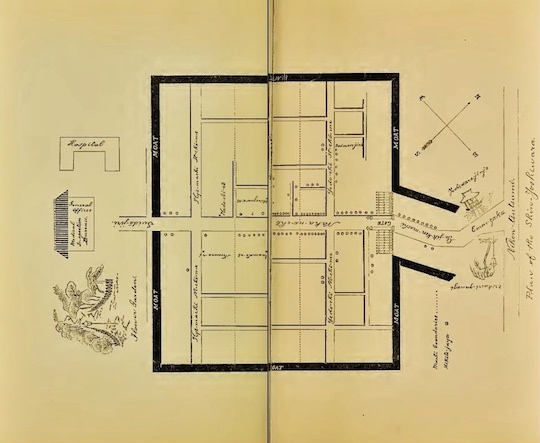
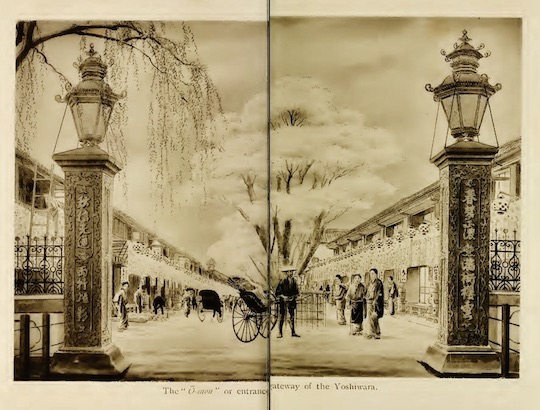
As we’ve reported before, Yoshiwara is still a red-light district, though from one of the most glamorous or prominent in the capital. But if you want a quickie, you can find a lady willing to give you a tug for a reasonable price. The district’s soaplands are popular with male Chinese tourists, it seems.
However, the ladies are no longer displayed behind bars in “cages”.
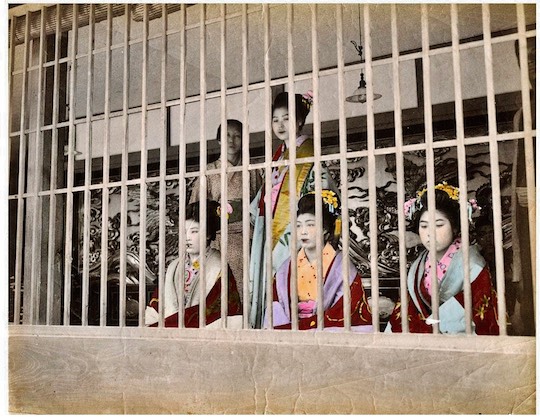
It’s also making something of a comeback in other ways, courtesy of designer book and souvenir shops.
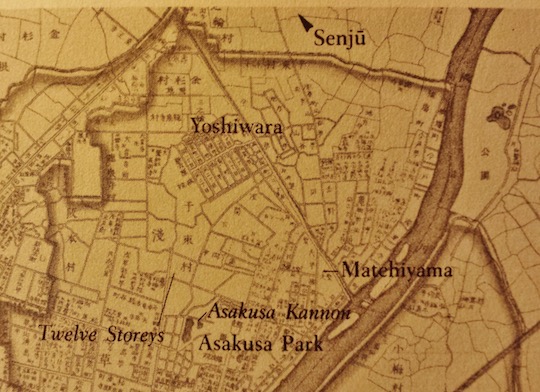
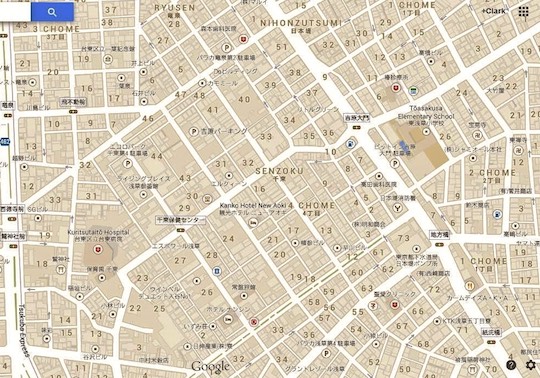
The author’s advice for how to get to Yoshiwara is: go to Minowa Station, then walk south.
The atmosphere changed immediately upon entering Yoshiwara. On both sides of the street were garish soaplands, their hourly prices clearly displayed. Virtually every storefront was a soapland or other business in the sex trade. The bouncers either ignored us or gave us mildly unwelcoming looks, and I felt sufficiently uncomfortable that I didn’t take any photographs…
It was fascinating to see that Yoshiwara performs the same function it did 350 years ago. Today, the women don’t face the street behind wooden cages, but the soaplands make themselves known with gaudy decor and terrifically funny names like Tinker Bell, Companion Club Part II, Cordon Blue, Candy Girl, and Picasso.
In contrast to these playful names, we saw a sobering reminder of the human impact of the sex-trade. At the southern border of Yoshiwara is Sasaki Clinic, which specializes in venereal disease, obstetrics and gynecology, and gynecology. In Japan, the first hospital for the treatment of venereal diseases of prostitutes was established in Yokohama in September 1867, and in 1873 in Yoshiwara. When first introduced, the prostitutes were so averse that brothel-keepers suspended the physical inspections. One hopes there is less debate on the matter today.
I think it’s time that the Tokyo Kinky team paid a visit to East Tokyo…
